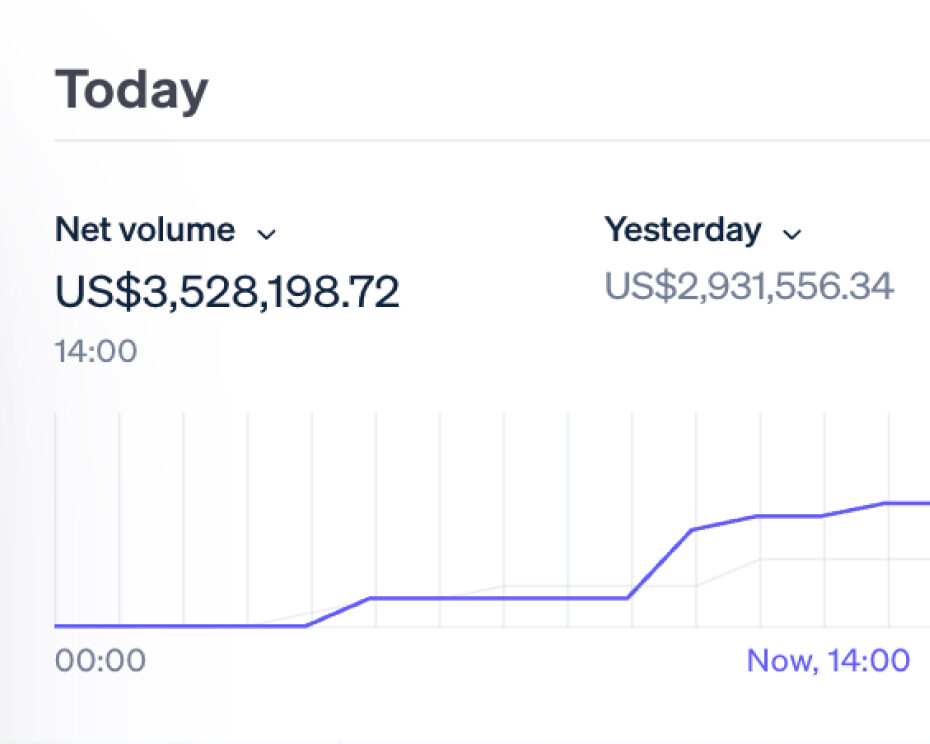The Ultimate Pricing Guide for Economic Shifts
In today’s changing economic climate, businesses are facing challenges with setting and adjusting prices. Economic downturns, market volatility and rising inflation can all impact pricing strategies, so businesses need to be agile and informed. This guide will help you navigate the complexities, explore pricing strategies and optimize your approach to stay profitable and competitive in uncertain times.
How the Economy Impacts Pricing
The state of the economy overall has a big impact on pricing. During times of economic growth consumers have more disposable income so businesses can increase prices without impacting demand too much. During economic downturns or recessions consumers will cut back on spending so they become more price sensitive. This shift means businesses need to adjust their pricing to maintain sales volumes.
How McDonald’s Reacted to the 2008 Financial Crisis
During the 2008 financial crisis, many fast-food chains like McDonald’s adopted value-based pricing to attract price conscious consumers. By offering value meals and dollar menus they were able to maintain sales volumes during the economic downturn. This is an example of how pricing can be adjusted to the economic conditions to retain customers.
Managing Market Volatility
Market volatility is characterized by rapid and unpredictable changes in supply, demand and costs. Volatile markets require businesses to be agile with their pricing strategies and to adapt quickly to market shifts to protect margins and market share.
Dynamic Pricing
One strategy during volatile periods is dynamic pricing where prices are adjusted in real-time to market conditions. This works well in industries like travel and e-commerce where demand can be very volatile. For example, airlines use dynamic pricing to adjust ticket prices based on booking windows, seat availability and competitor pricing. This flexibility helps them to maximize revenue and stay competitive in a fast-changing market.
Amazon uses dynamic pricing algorithms that continuously monitor competitor prices, market trends and consumer behavior to adjust product prices. This allows Amazon to be competitive and responsive to market changes and capture sales in volatile markets.
Inflation and Pricing
Inflation is the sustained increase in the general price level of goods and services, it erodes purchasing power and can impact pricing strategies. During high inflation periods, businesses face rising costs for raw materials, labor and other inputs and often need to increase prices to maintain margins.
Cost-Plus Pricing
One approach during inflationary periods is cost-plus pricing where businesses calculate their costs and add a markup to determine the price. This ensures price increases reflect the rising costs of production, and helps businesses maintain profitability.
In recent years many consumer goods companies like Procter & Gamble have used cost-plus pricing to respond to rising raw material and transportation costs. By passing these costs onto consumers through higher prices they have been able to protect their margins despite inflationary pressures.
Pricing Strategies During a Recession
Recessions bring special challenges for businesses as consumer spending declines and price sensitivity increases. The Consumer Price Index (CPI) which measures the average change over time in the prices paid by consumers for a basket of goods and services can give insights into how inflation or deflation is impacting consumer purchasing power during a recession. When the CPI is rising during a recession it may mean consumers are facing higher living costs and are more price sensitive.
Value-Based Pricing and Tiered Options
During a recession, businesses can focus on value-based pricing by highlighting the value and benefits of their products versus the cost. Offering tiered pricing where customers can choose from basic, premium and deluxe versions of a product or service can cater to different budgets. This helps businesses to maintain sales volumes by appealing to price sensitive customers and those who are willing to pay more for added value.
During economic downturns streaming services like Netflix and Spotify introduce or promote lower tier subscription plans with fewer features at a lower price. These options appeal to customers who want to cut back on spend. By having tiered pricing these companies can retain customers across different income brackets.
Discounting and Promotions
Another approach during recessions is to offer temporary discounts or promotions to drive demand. But it’s important to ensure these pricing changes don’t devalue the brand or lower customer expectations of price permanently. Short term discounts can attract price sensitive customers without permanently changing the perceived value of the product.
Automakers offer incentives like zero percent financing, cash rebates or extended warranties during recessions to drive sales. These promotions help maintain sales volumes by giving customers extra value who may be hesitant to make big purchases during economic uncertainty. Similar strategies can be applied to many industries to continue demand.
Pricing during economic uncertainty, market volatility, and inflation requires an in-depth understanding of market conditions and consumer behavior. By using dynamic pricing, cost-plus pricing, value-based pricing, and tiered options businesses can protect their margins, stay competitive and grow. Adapting your pricing to the economic reality will not only help you survive but thrive in uncertain times. If you want to execute your pricing strategy in the face of these challenges, get in touch with Flintfox today to see how we can help you with your pricing approach.
Experience Flintfox in Action
Ready to transform your pricing strategy? Request a personalized demo and see how Flintfox can help protect your margins and maximize revenue.

Powerful pricing software supported with deep experience
Flintfox gives you flexibility with your application, unprecedented speed and power from our pricing engine and support from our dedicated team.
